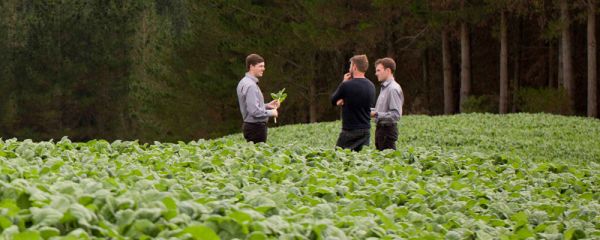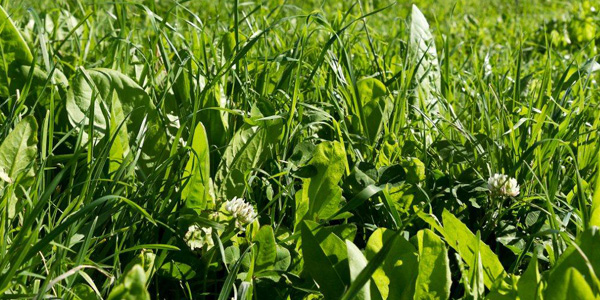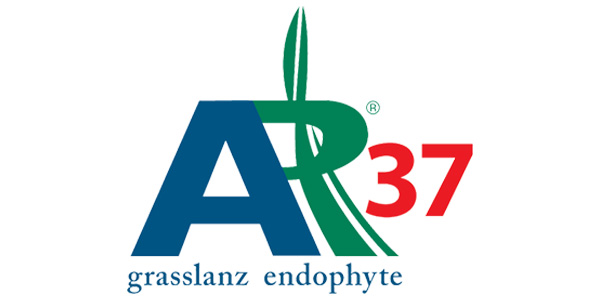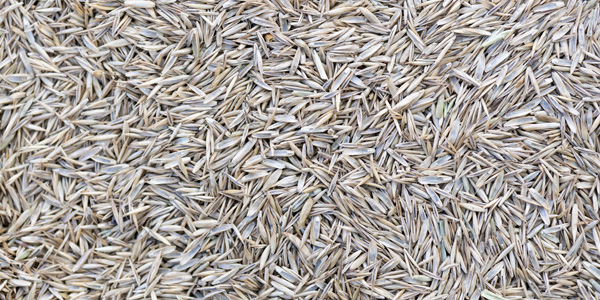
Plantain Diseases
Plantain Diseases
DISEASES OF PLANTAIN
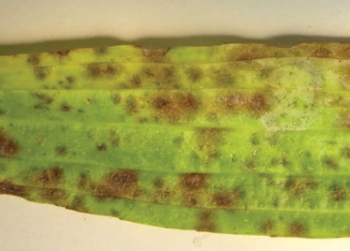
Ramularia Leaf Spot
Cause: Fungus – Ramularia rhabdospora
Control and Management: This disease is commonly located on older, lower leaves in plantain stands and in mixed pastures with plantain. Timely grazing is the primary management
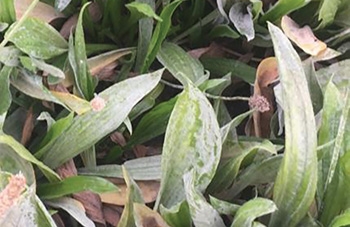
Powdery Mildew
Cause: Fungus Erysiphe sordida
Control and Management: Choose tolerant cultivars, timely grazing of stands is probably all that can be done to save the nutritional value of infected plants
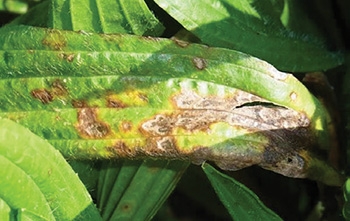
Cercospora Leaf Spot
Cause: Fungus -Cercospora pantoleuca
Control and Management: The disease appears to be of minor importance, infecting older leaves. Timely grazing
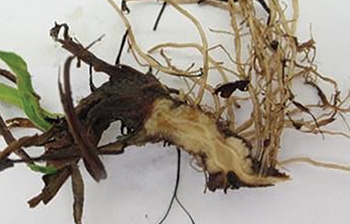
Crown and Root Rots
Cause: Phoma exigua and Pythium species. spp.
Control and Management: These are pathogens of plant wounds so the only control is to minimise crown damage by not overgrazing or grazing in wet conditions
Conservation
Reductions in urinary nitrogen concentration are also possible where Ecotain is being fed as silage. Where 3 kg of Ecotain silage was fed as part of a kale diet to dairy heifers, urinary N was lower than heifers fed kale and ryegrass baleage (adapted from Judson & Edwards, 2016).
Ensiled plantain is black in appearance and can be high in quality, its appearance is often incorrectly assumed to be of poor quality.
Weed Control
- Pastures with Ecotain or specialist stands may require attention to specific weed control prior to sowing.
- Where registered herbicide options may be limited for specific weed problems, management practices such as topping and weed wiping should be used.
Pests
Native grass grub & Porina
- In general, perennial pastures can be susceptible to native grass grub and Porina. Although all pasture species will be affected, Ecotain® (due to its upright growth habit and physical size in relation to other species in the sward) results in more obvious symptoms. The decline in content will be most noticeable through April-August often in the second or third year.
- Porina control is often highly effective, but needs to be carried out early in the autumn to prevent damage, rather than later in autumn when the damage is already done.
- For grass grub, insecticide use and management practices such as heavy rolling in late March or early April, are feasible options.
Plantain moth
- In Ecotain dominated pasture swards the plantain moth may occur, especially in dry conditions. It is typically a problem in older stands and damage is associated with a considerable amount of dead material being present.
- Cleaning up pastures in summer to reduce dead material and spraying with suitable insecticides as numbers build in February are primary management tools.
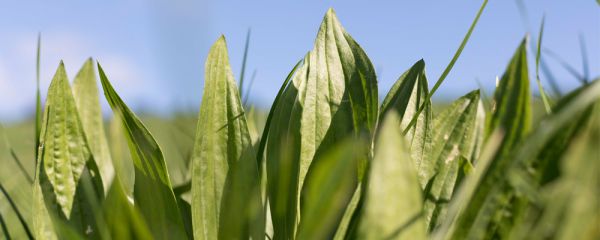
Our Herbs range
VIEW PRODUCTS